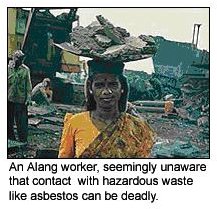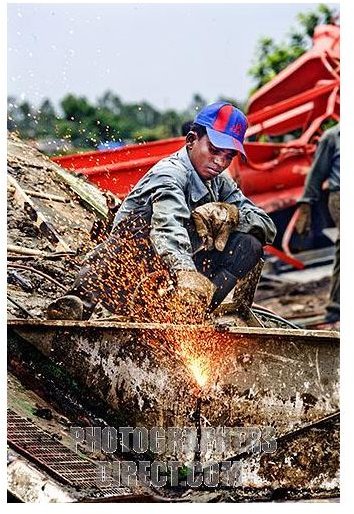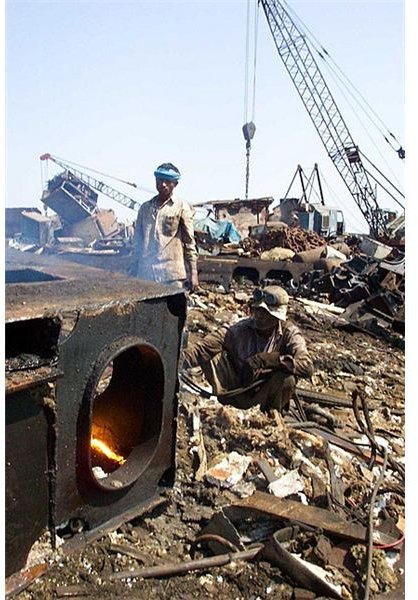Ship Breaking: What are the Occupational Hazards involved in this Marine Profession?
In the previous article we discussed the main factors for the deportation of ships to developing countries from the rich countries. Breaking of obsolete vessels may involve a number of challenges and also a high level of danger. The workers working in the ship breaking industry face fatal occupational hazards which have resulted in a number of deaths in the past. Most of these developing countries have inadequate safety measures and impoverished workers who are not aware of the dangers related to their work. Even the basic necessities like gloves and helmets are not often available. Most of these workers work with their bare hands and even carry out dangerous work like metal and asbestos cutting without following any safety procedures. Thus they are constantly at risk from accidents caused by falling metal structures, electric shocks, fires, and suffocation due to toxic fumes.
These workers also work in the worst of conditions with temperature reaching as high as 45 degree Celsius. Moreover the equipment that they use are not tested for durability, nor do they adhere to any standards.
Now let’s take a look as to how the toxic materials involved cause health hazards.
Health Hazards - Asbestos
Asbestos is used extensively in ships because of its unique properties. It is strong, flexible, and an effective thermal insulator. It is generally used for thermal insulation in cables, steam lines, electrical systems, and various other pipelines.
Asbestos becomes a health hazard when workers have to remove it by cutting and scrapping. Crocidolite asbestos is one of the six naturally occurring aluminum fibers which are found in the old insulations. This asbestos is classified as a Category 1 carcinogen and has been the result of 200,000 deaths in U.S so far.
Asbestos causes fatal diseases such as:
Asbestosis – caused due to the scarring of lungs which results in loss of lung functions and even death.
Mesothelioma - a type of cancer that affects the membrane lining of the lungs and abdomen.
Lung Cancer – caused due to the asbestos particles entering the lungs through the nasal canal.
Esophagus, stomach, colon, and rectum cancer – caused due to prolonged exposure to asbestos fibers without taking any safety precautions.

Poly-Chlorinated Biphenyls (PCBs)
There are numerous hazards related to PCBs and ship breaking. PCBs belong to the broad family of man-made organic chemicals known as chlorinated hydrocarbons. These chemicals were banned in 1979, but due to the huge sales that took place before the ban, it is still found in many ships. PCB’s are highly toxic and have many forms and shapes. It is available in a thin yellow liquid and also in the form of a black solid wax.
PCB have been shown to cause both cancerous and non-cancerous health effects in humans. The immune system, reproductive system, nervous system, and endocrine system are the main body systems that are affected by PCBs. All these effects are interrelated and are often symptomless and difficult to control.

Water Waste
The last, but not the least, is the waste water generated during metal and asbestos cutting. Waste water might also include ballast and bilge water that pollutes the coastal areas with oil, biocides and heavy metals. They also enter the food chain through marine organisms that are consumed by humans as food. The oil and poisonous chemicals in the water may stick to the bodies of marine animals, which might make them lose their ability to carry out bodily functions and eventually kill them.
Image Credits
https://www.atimes.com/atimes/South_Asia/images/ship-breaking-2.gif
https://img2.photographersdirect.com/img/27962/wm/pd2349866.jpg
